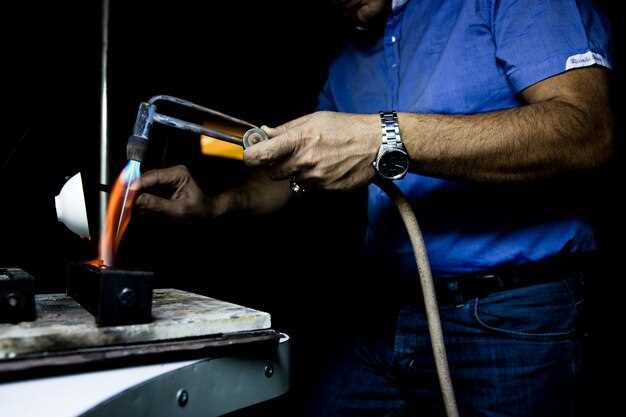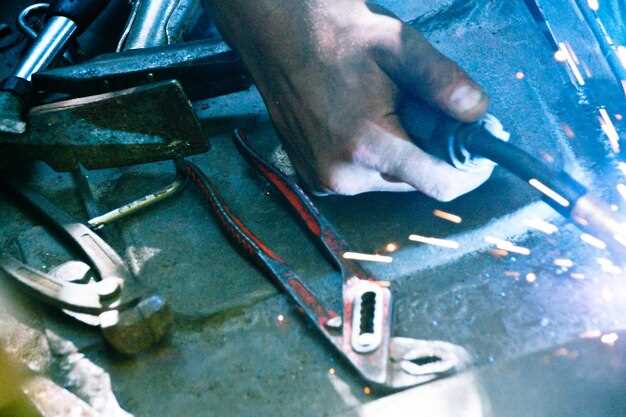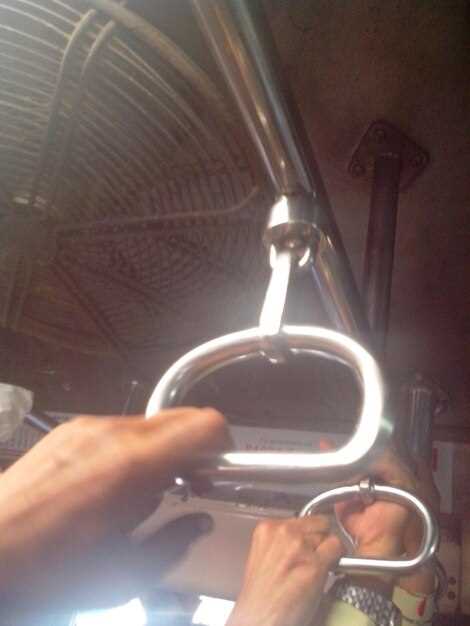

Restoring classic cars is a labor of love that combines craftsmanship and technical skill, particularly when it comes to welding body panels. As classic vehicles age, their body panels often succumb to rust, corrosion, and damage, requiring skilled intervention to preserve their integrity and aesthetics. Understanding the various welding techniques is crucial for anyone looking to perform a successful restoration on these timeless machines.
Effective welding of body panels not only involves choosing the right materials but also mastering the appropriate techniques to ensure a durable and visually appealing finish. From the use of MIG and TIG welding to the intricacies of gas welding, each method has its advantages and is suitable for different types of repairs. With the right approach, restorers can replace damaged sections, fabricate custom parts, and ultimately breathe new life into classic cars.
Furthermore, mastering the art of welding requires an understanding of the characteristics of automotive metals. This knowledge helps restorers select the right settings and techniques to avoid issues such as distortion and burn-through, which can compromise body panel quality. By employing the right welding techniques, enthusiasts can ensure that their classic cars not only look great but also maintain structural integrity for years to come.
Choosing the Right Welding Method for Thin Sheet Metal

When it comes to restoring classic car body panels, selecting the appropriate welding method for thin sheet metal is crucial. Thin materials are prone to warping and distortion during the welding process, making it essential to choose techniques that minimize heat input while providing strong, lasting joints.
MIG (Metal Inert Gas) welding is often favored for thin sheet metal due to its speed and versatility. This method uses a continuous wire feed and an inert gas to shield the weld pool, resulting in clean, precise welds. Adjusting the voltage and wire feed speed is important to avoid burn-through, which can compromise the integrity of the panel.
TIG (Tungsten Inert Gas) welding is another excellent option, especially for intricate repairs. TIG welding allows for greater control over the heat input and is suitable for both ferrous and non-ferrous metals. It produces high-quality, aesthetically pleasing welds, making it ideal for projects where appearance matters. However, it requires a higher skill level and can be slower than MIG welding.
Spot welding is a technique commonly used in automotive manufacturing. It works well for thin sheets as it applies concentrated heat to small areas, creating strong joints without excessive heat exposure to the surrounding metal. This method is particularly effective for joining overlapping panels.
In some cases, gas welding can also be employed, but it is generally less preferred for thin sheet metal due to the higher heat input and risk of warping. Careful flame control and appropriate filler materials can mitigate these risks, but alternative methods are usually more efficient.
Ultimately, the choice of welding method should be guided by the specific requirements of the project, including the type of metal, the desired appearance, and the welder’s skill level. Understanding these factors will help ensure strong, durable joints while preserving the integrity of classic car body panels.
Prepping Car Body Panels for Successful Welds

Preparing car body panels for welding is crucial to ensure strong and durable joints. The first step involves cleaning the surfaces to remove grease, dirt, and rust. This can be done using a wire brush, sandpaper, or a chemical cleaner. A clean surface allows for better penetration of the weld and reduces the risk of contamination.
Next, it’s important to check for any structural integrity issues. Inspect the panels for cracks, dents, or other damage that might affect the welding process. Repair any significant issues prior to welding to avoid complications during the procedure.
Once the panels are inspected, the edges should be properly beveled. Beveling increases the surface area available for welding, allowing for a stronger bond. Use an angle grinder to create a slight bevel on the edges that will be joined together.
Additionally, ensuring proper fitment of the panels is essential. Align the panels accurately and clamp them securely in place to prevent movement during the welding process. Misalignment can lead to weak seams or even warping due to excessive heat.
Before welding, it’s also advisable to perform a test weld on a scrap piece of metal. This helps in dialing in your settings and confirming your technique, which can significantly influence the quality of the welds on the actual car body panels.
Finally, establish a suitable welding environment. Maintain adequate ventilation to mitigate the risks associated with fumes and ensure that the work area is free from flammable materials. A well-prepared environment contributes to a safer welding process and better results.
Common Mistakes to Avoid When Welding Classic Car Panels
Welding classic car panels requires precision and attention to detail. Here are some common mistakes to avoid to ensure a successful restoration.
1. Inadequate Surface Preparation
Before starting the welding process, it’s crucial to clean the metal surfaces thoroughly. Rust, paint, and dirt can interfere with the weld quality. Ensure that the affected areas are free from contaminants to achieve a strong bond.
2. Incorrect Welding Settings
Setting the wrong voltage and amperage can lead to burn-through or weak welds. Each type of metal requires specific settings; therefore, it’s essential to consult the welder’s manual and adjust accordingly for the best results.
3. Not Using the Right Filler Material
Choosing an inappropriate filler material can compromise the integrity of the weld. Select a filler that is compatible with the car’s original metal to maintain consistency and strength in the weld joint.
4. Overheating the Panels
Excessive heat can warp or damage classic car panels. Use a minimal heat input and allow for proper cooling between welds, especially on thin materials, to avoid distortion and maintain shape accuracy.
5. Poor Weld Technique
Welding technique plays a significant role in the quality of the weld. Practice good arc control and maintain a consistent travel speed, which can help produce a strong and clean weld. Inconsistencies can create weak spots that are prone to failure.
6. Skipping the Test Weld
Always perform a test weld on scrap material before committing to the actual car panel. This practice helps you gauge your settings, technique, and ensure that adjustments can be made prior to the final application.
7. Neglecting Safety Precautions
Welding involves hazards such as intense heat and harmful fumes. Always wear the appropriate personal protective equipment (PPE), including gloves, protective eyewear, and fire-resistant clothing. Safety should never be overlooked.
By avoiding these common mistakes, restorers can improve their welding skills, ensure high-quality repairs, and ultimately preserve the classic car’s integrity and aesthetic appeal.






